Darian McBain discusses sustainability innovation at SeaWeb Seafood Summit in Bangkok
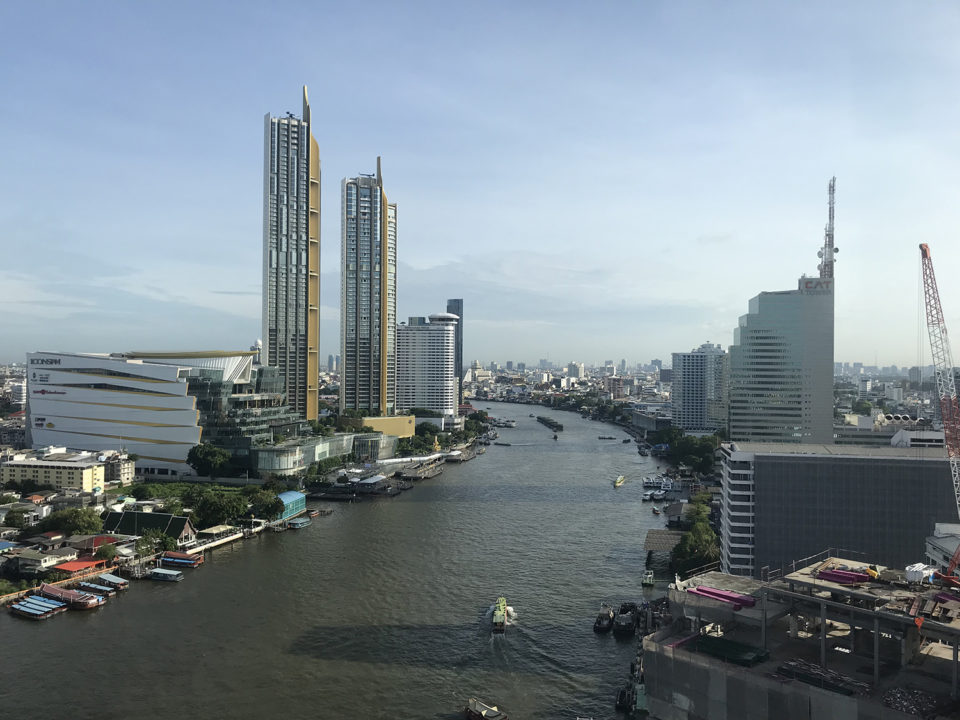
Thai Union, one of the world’s largest seafood processors and aquafeed manufacturers, is testing novel feed ingredients like algae and microbial meals because, as a giant in the field, it has the ability to do so.
Darian McBain, the company’s global director of sustainability, insisted that Thai Union is a “tiny producer of feed from a global perspective” at the SeaWeb Seafood Summit in Bangkok, Thailand, last week.
Companies like Corbion and Calysta are counting on Thai Union’s ability to bring new products to market. Corbion is the Netherlands-based producer of AlgaPrime DHA and Calysta is the U.K.-based manufacturer of microbial meal FeedKind.
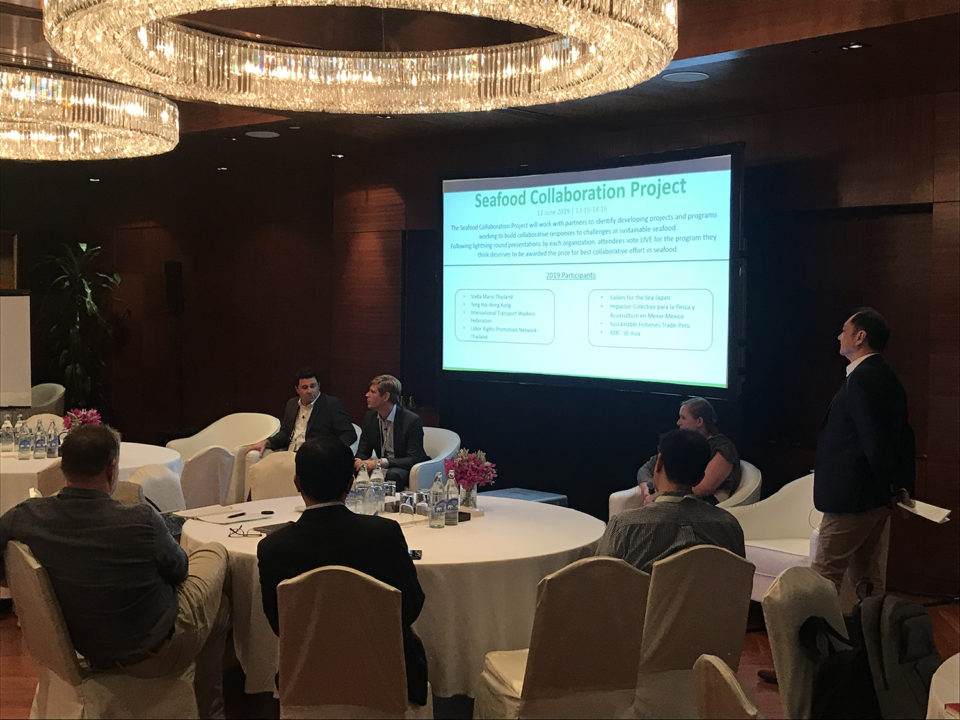
McBain confirmed at the event that the company has engaged in feed trials with both products, before adding that farmers, “by and large, don’t want it.”
“If it doesn’t smell like fish, they don’t think it’s appropriate,” she said. “We put tuna byproducts in the feed [normally]. If you’re replacing fishmeal and fish oil, farmers say they don’t want that product. Their concern is growth rate and getting a return on the shrimp they’ve seeded their ponds with.”
For widespread adoption of fishmeal-free feeds in the Thai shrimp industry, at least, aquafeed makers must push past operators’ perception that the new products are inferior, she said. Thai Union had shrimp grown on FeedKind available for testing at the Seafood Expo Global trade show in Brussels this spring, McBain said.
“We’ve proven the case. We got it to market,” she said. “We need someone to buy it. We have a few end customers interested, nobody’s buying it yet.”
Calysta’s VP-marketing Allan LeBlanc said questions about prices are also high priority in the feed market, given that feeds account for 60 percent or more of a farmer’s operating costs.
“For a feed mill, comparing two protein meals, they just want to know their options. It’s a more difficult discussion [due to volume], they count pennies,” he said. “An extra dollar a ton for feed makes a difference for them.”
Chris Haacke, global aquaculture lead at Corbion, said consumers are willing to absorb the cost, based on a six-country, 4,000-respondent survey it conducted.
“They’re willing to pay a premium to know it’s healthy and sustainable. And we tell that story to retailers. Farmers are willing to listen to what their end consumers want,” he said. “The interest from consumers is driving interest with retailers.”
McBain made it clear, however, that messaging the attributes of novel feed ingredients is going to have to be a collaborative effort.
“It’s not Thai Union’s job to educate every famer, farm by farm. We don’t have those resources and we’re not going to do it,” she said. “It’s a longer journey. We can engage in education on our feed, but not everyone is saying sustainability is worth paying more. Farmers aren’t asking for this.”
New feed ingredients are inevitably compared to fishmeal and fish oil, pointed out an audience member from the wild-capture sector. LeBlanc said Calysta sees itself as a supplement, but added that the product has potential for direct-to-human consumption in the future. Haacke said just getting products approved for market is the challenge at first before the job of “keeping farmers happy” begins, noting that AlgaPrime DHA is in 350,000 metric tons of salmon feeds today.
“The challenge at the start is proving the efficacy of the product but that’s done,” he said.
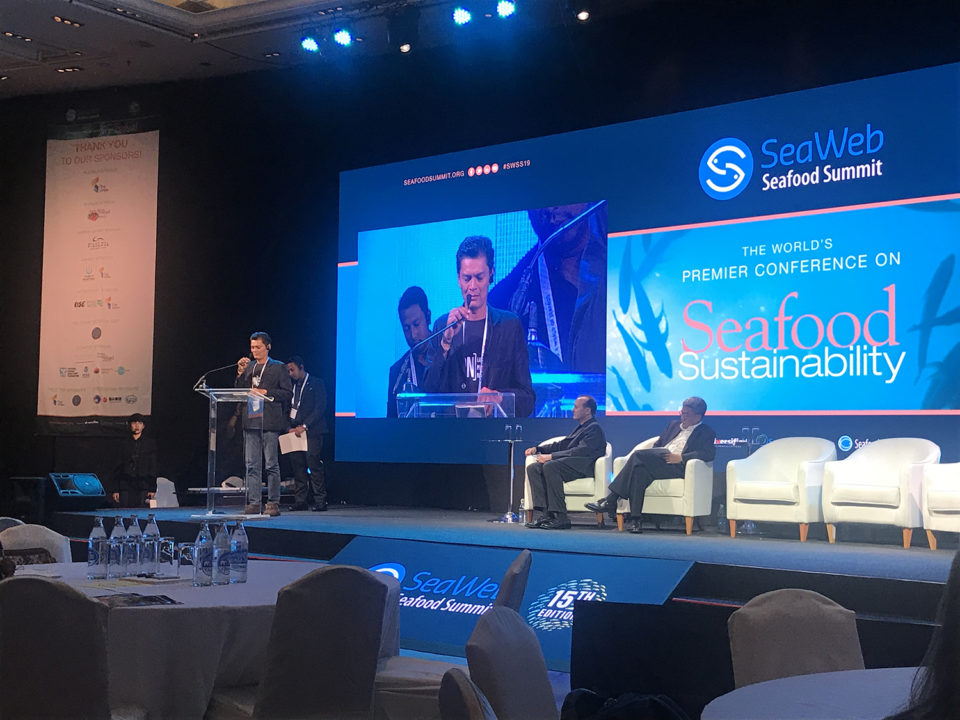
Research shows proof of certification standards’ impact
In introducing a workshop on social responsibility in aquaculture, Best Aquaculture Practices unveiled an impact assessment that KIT Royal Tropical Institute conducted in 2018. The aim was to gauge whether the BAP fish farm and processing plant standards in Vietnam, Indonesia and Chile were living up to their billing.
The study developed a “Theory of Change” for how certification standards can improve outcomes for stakeholders in the areas where aquaculture is practiced and where certification standards like BAP or the Aquaculture Stewardship Council (ASC) program – or in some cases, both – are accepted and implemented.
Birgitte Krough-Poulsen, an independent advisor and human-rights expert, said that certification has an “inbuilt feature that nothing bad is happening.” The KIT assessment process, which she said was “groundbreaking,” sought to examine questions about certification and what further steps, beyond certification, that producers can take.
“Is [certification] merely assuring the market of nothing bad, or can certification be one tool in the social-change toolbox, as part of a much wider response?” she asked. “BAP is in a unique position to help answer that question, a mature program with social standards built in for a long time, with a lot of data to work from.”
Frouke Kruijssen of KIT said the assessment process was complex in that there are many information gaps and the schemes are evolving over time. And, in many cases, there are multiple schemes and certifications in place. “How do you tease out the effect of one scheme over another?” She asked.
Aquaculture, she added, is under-researched, and the areas the assessment covered – working conditions, child labor, information for migrants and illiterate workers, gender equity, income and more – are areas that need further examination.
“There seems to be compliance relatively easy or reasonable,” Kruijssen said. “Certified companies are likely already advanced and have made improvements related to social and labor practices, so the impacts are context-dependent. It’s difficult to clearly show impact on the bottom line.”
A completed study is expected to be published later this year.
Meanwhile, during a question-and-answer session hosted by the Global Sustainable Seafood Initiative (GSSI), McBain of Thai Union added that certification comes at a cost – mainly one of time.
Of the 290 to 300 days that Thai Union operates a processing plant or feed mill annually, McBain said that 240 of them have an audit scheduled, be it for environmental production standards, food safety or something else.
“It’s like operating the Disney Land of seafood audits,” she said. GSSI’s benchmarking initiative is relieving some of the burden on businesses to me meet so many standards. At the end of the day, farmers in Asia where TUF operates often have different goals in mind. McBain said she once asked a farmer, “what makes a good fish? What are people looking for?”
“That the fish is beautiful,” she said was the answer. “It’s a fresh market. It’s what they’re demanding. It might not be what is important to a consumer in Europe or the U.S. There is a reason to go for higher environmental, social and traceability standards, even if there’s not currently that market demand. But we have to find what the points of interest are.”
Flavio Corsin, director of aquaculture at IDH, the Sustainable Trade Initiative, a public-private organization based in the Netherlands that co-invests with the private sector, NGOs and government partners, said that the promise of certification has long been based on market access. Farmers see it as a cost, but can be convinced that it makes their business more profitable.
“If you build a more economic case, such as sustainability is higher survival, that makes money and smallholders will embrace that,” he said.
Follow the Advocate on Twitter @GAA_Advocate
Now that you've reached the end of the article ...
… please consider supporting GSA’s mission to advance responsible seafood practices through education, advocacy and third-party assurances. The Advocate aims to document the evolution of responsible seafood practices and share the expansive knowledge of our vast network of contributors.
By becoming a Global Seafood Alliance member, you’re ensuring that all of the pre-competitive work we do through member benefits, resources and events can continue. Individual membership costs just $50 a year.
Not a GSA member? Join us.
Author
-
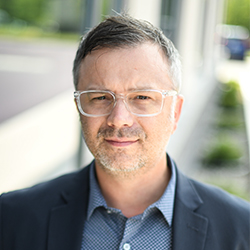
James Wright
Editorial Manager
Global Aquaculture Alliance
Portsmouth, NH, USA[103,114,111,46,101,99,110,97,105,108,108,97,101,114,117,116,108,117,99,97,117,113,97,64,116,104,103,105,114,119,46,115,101,109,97,106]
Tagged With
Related Posts
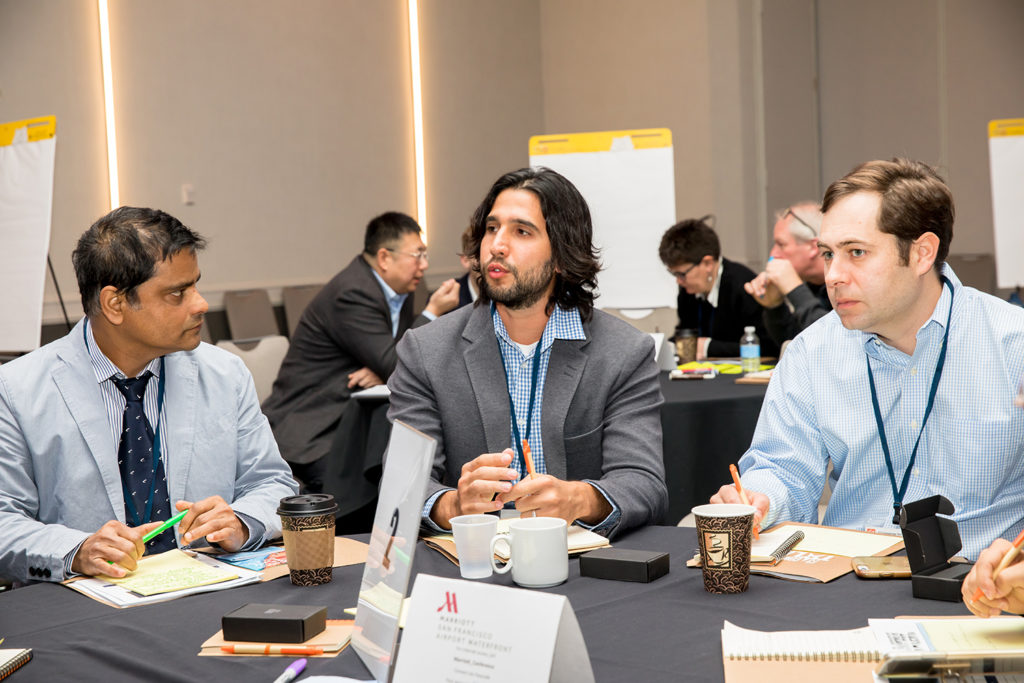
Aquafeeds
Aquafeed moonshots at the F3 ‘talent show’
At the F3 (fish-free feed) Companies Got Talent event in Burlingame, Calif., last week, alternative (non-marine) aquafeed ingredient companies spoke of decoupling aquaculture from fishmeal and fish oil in their quest for greater sustainability.
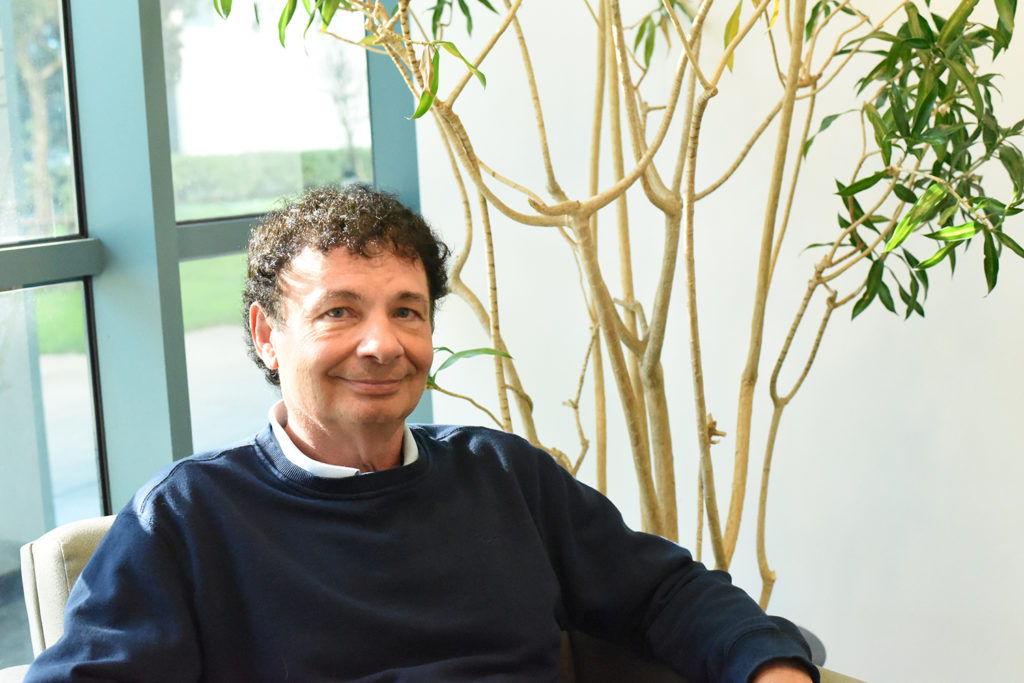
Innovation & Investment
Aquafeed ingredient AlgaPrime wins GAA Innovation Award
A proliferation of alternative feed ingredients has allowed aquaculture to extend the natural resources it depends on. AlgaPrime, packed with the long-chain omega-3 fatty acid DHA, is being recognized as a game-changing innovation for aquaculture feeds.
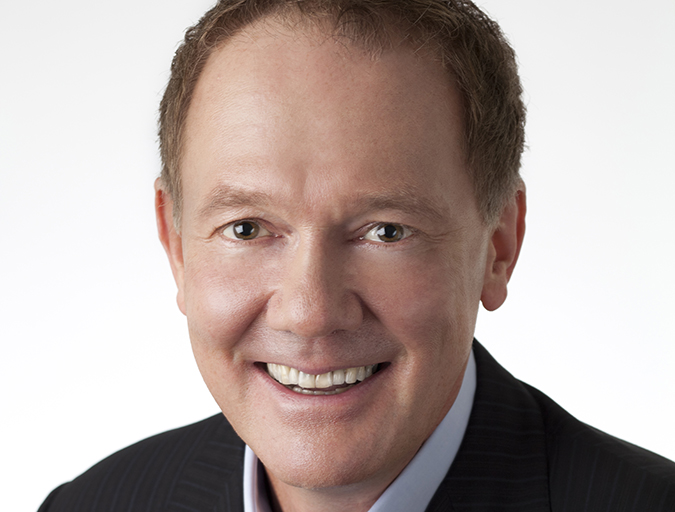
Responsibility
Aquaculture Exchange: Alan Shaw, Calysta
Turn fuel into animal food? Calysta can do that. The California biotech company is now hoping for greater buy-in from aquaculture, its target market. CEO Alan Shaw talks about the potential of FeedKind and its ambitious plans for 2016 and beyond.
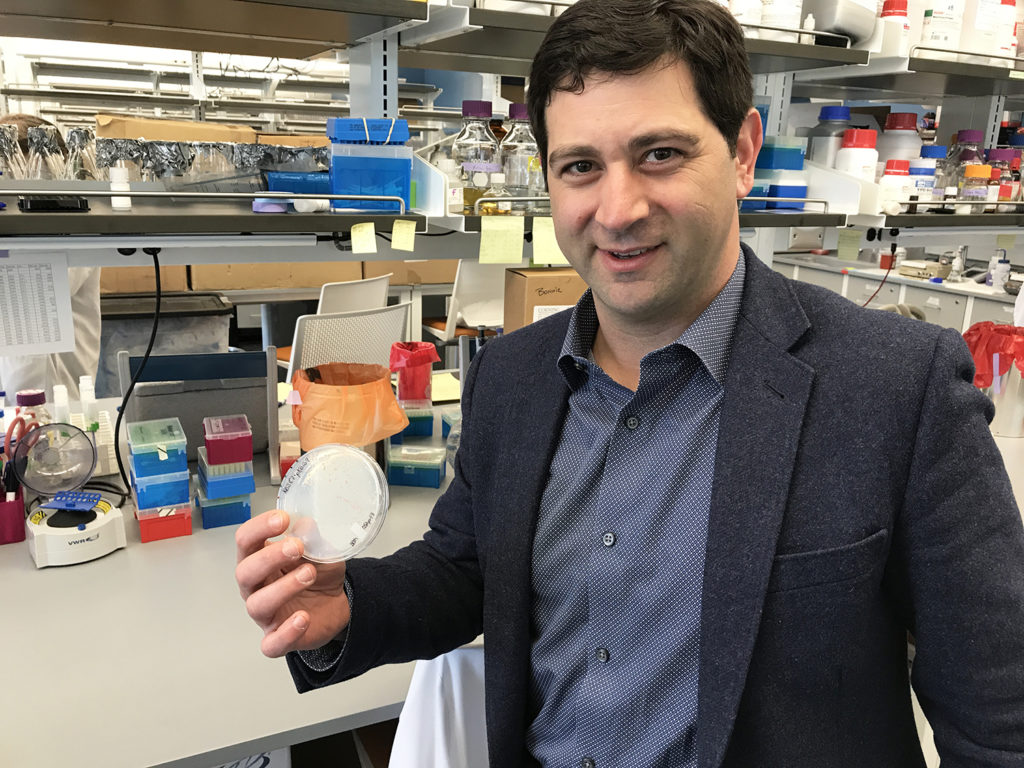
Aquafeeds
The pink powder that could revolutionize aquaculture
KnipBio, a Massachusetts-based biotechnology startup founded in 2013, is refining the manufacturing process for a promising aquaculture feed ingredient that may one day form the foundation of the food that farmed fish eat.


